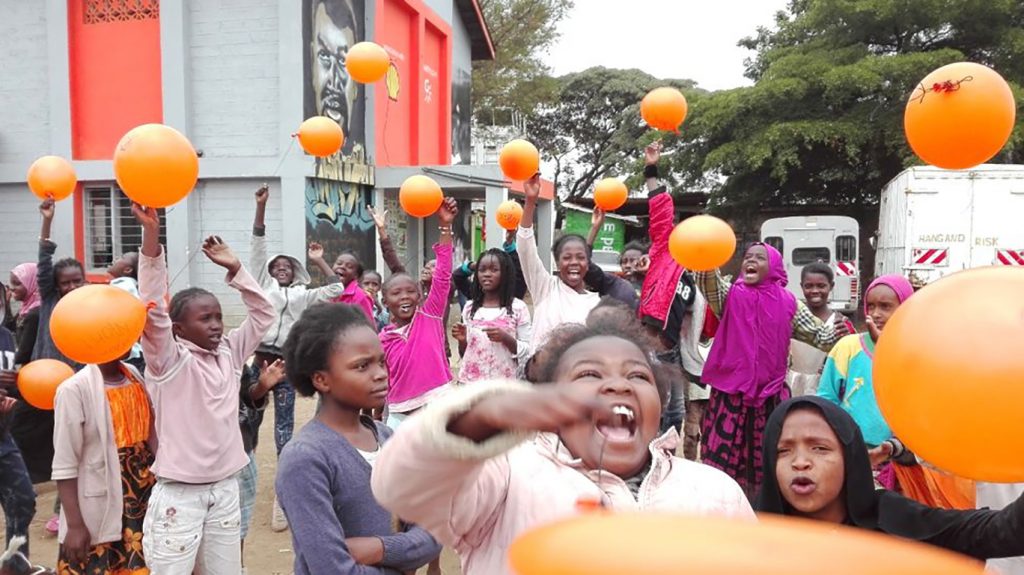
As a volunteer health promoter for the George Health Centre, Violet spends her days out and about, talking about voluntary medical male circumcision (VMMC). It’s a task that takes the 58-year-old widow into barbershops, markets, bars, clubs, churches … any place men tend to frequent or congregate.

Mohai Mohai is among the Lesotho prisoners benefiting from a prisoner health program funded by the Elton John AIDS Foundation and implemented by Jhpiego. The 23-year-old received HIV screening, care and treatment services while in prison and follow-up support to ensure his wife had a healthy and HIV-free pregnancy.

Kuza provides a safe space for young teens to talk about all the issues and concerns that impact their daily lives and futures, everything from schoolwork and parents’ expectations to pregnancy and HIV.






